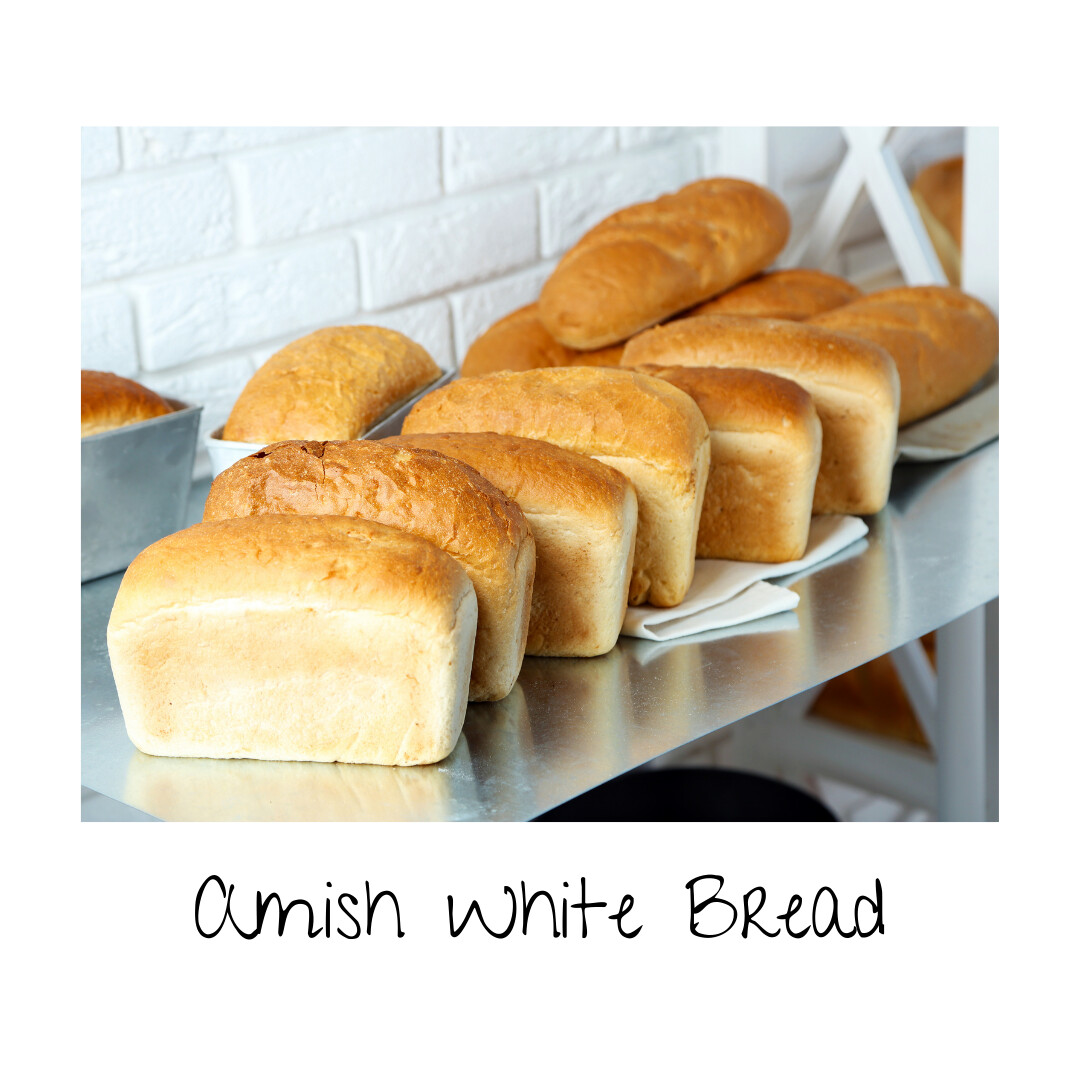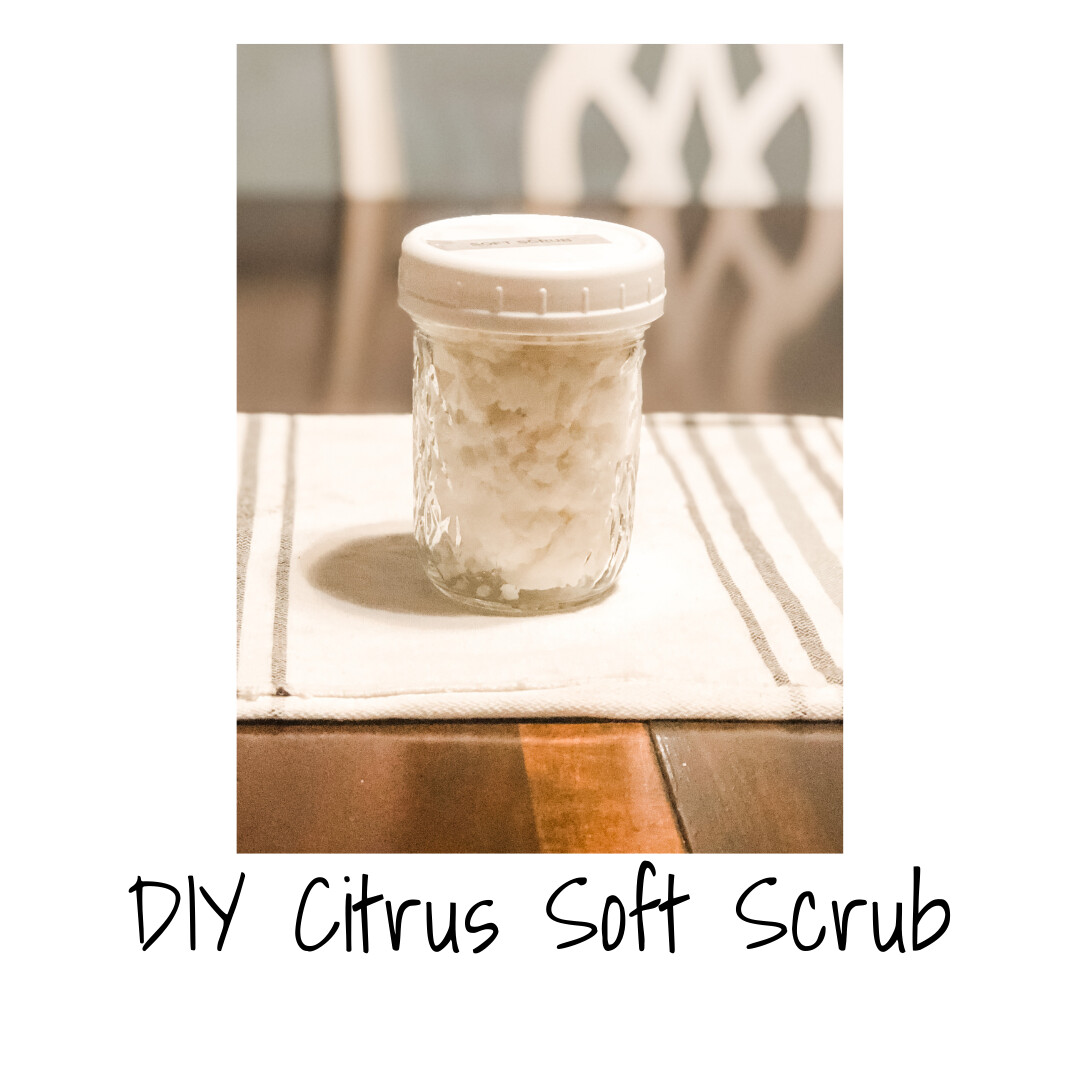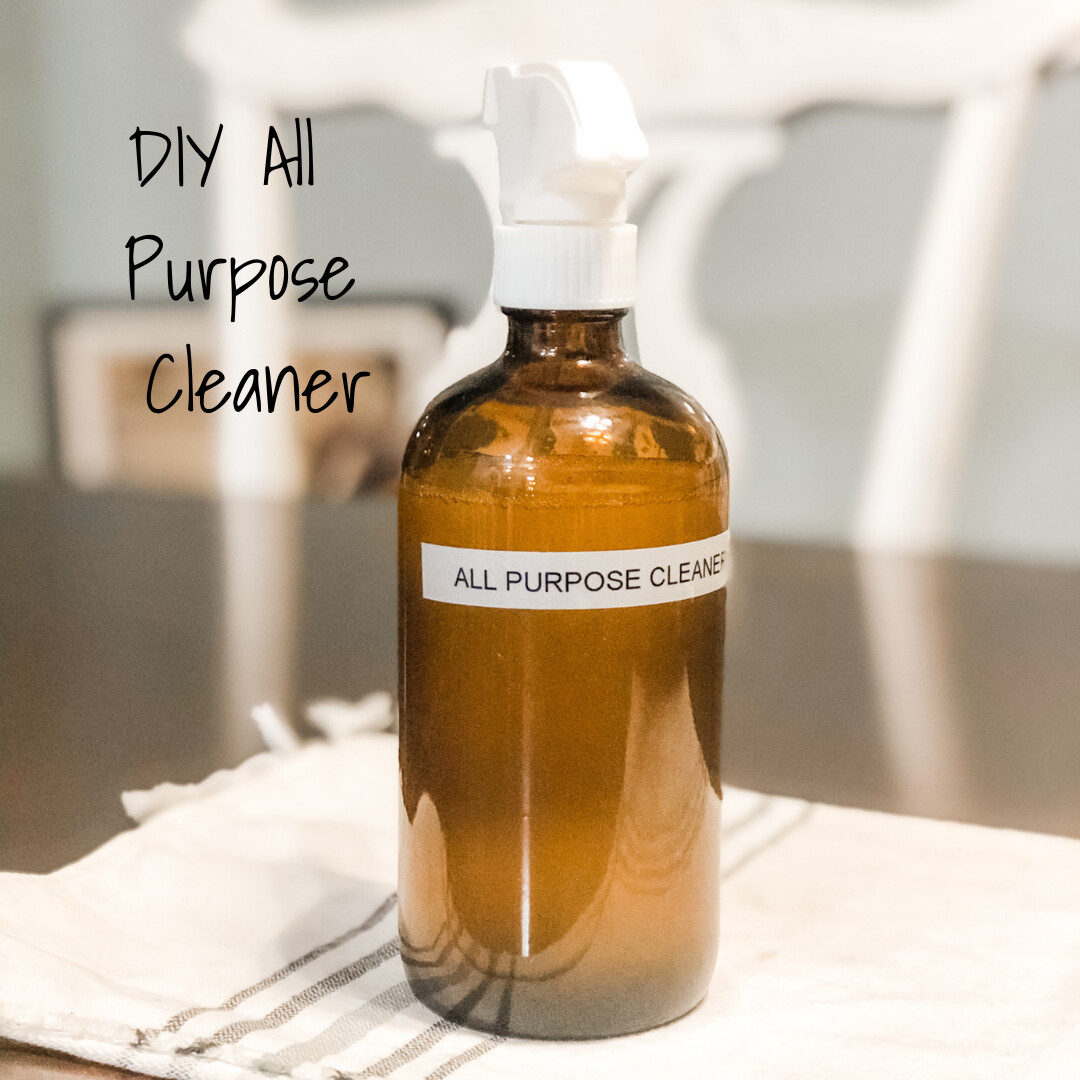
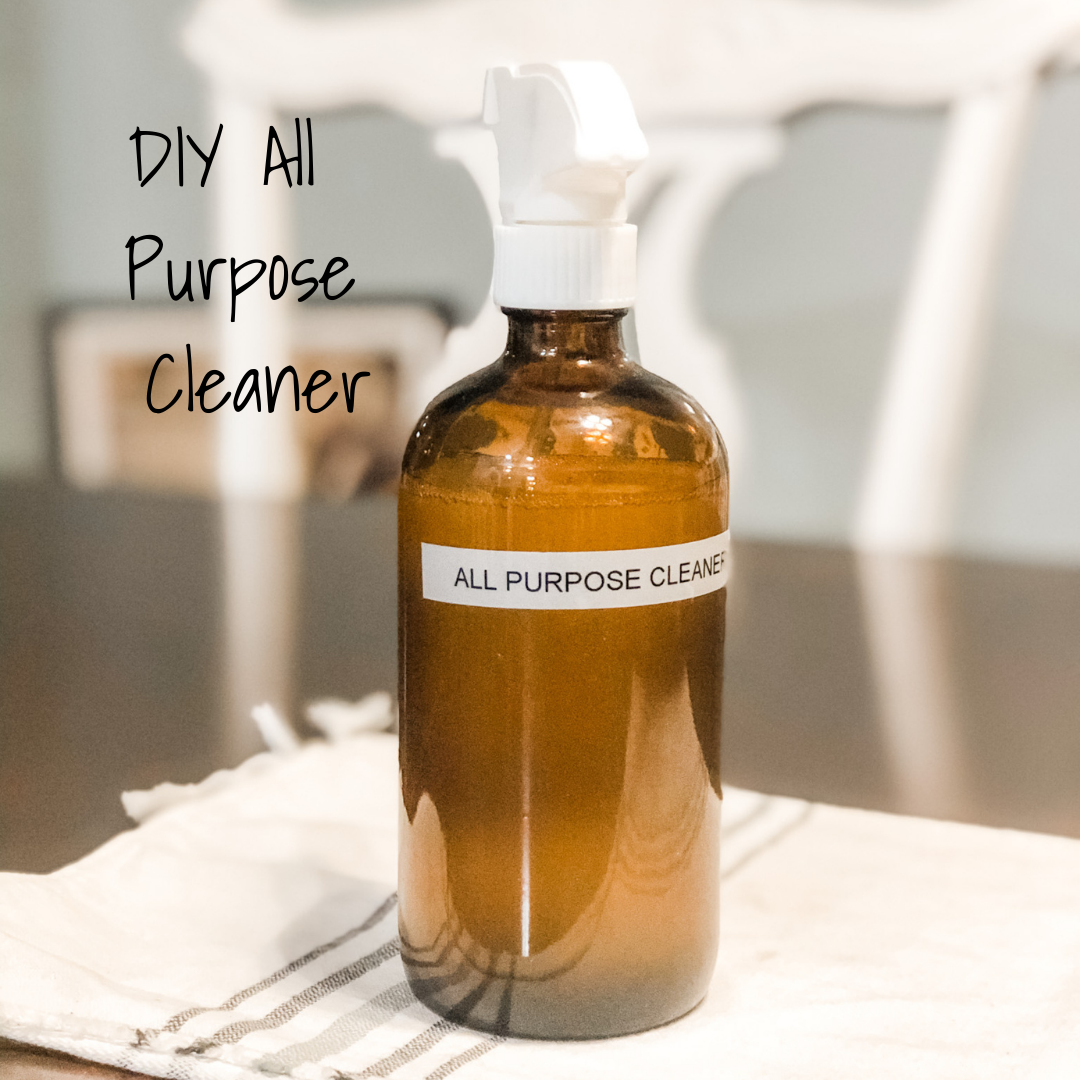
Amanda
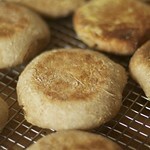
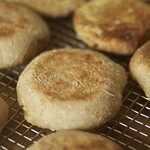
- Add all of the ingredients (except the cornmeal) into a large bowl and mix. I use a wooden spoon handle or my hands to mix well. Cover and let rest for 30-60 minutes. Then turn the dough out onto a floured surface and knead for 5 minutes.
- Place the dough back in the bowl, cover it and allow it to ferment at room temperature for 10-14 hours (overnight works best)
- After the fermentation period, turn the dough out onto a floured surface. Sprinkle with a little bit of flour to help with sticking while you roll it out or press it out with your fingertips. You want to get the dough to about ½ inch thick.
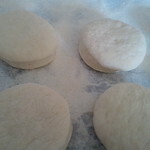
- Grab a cookie sheet and parchment paper. Sprinkle it with cornmeal. Use a 3-inch biscuit cutter (or a wide mouth jar lid) to cut your round muffins out and place them on parchment paper. Then sprinkle the tops with cornmeal and cover them with a towel. Let them rise for 1 hour.
- Grab your cast iron skillet(or a non-stick skillet) and heat it over LOW heat. Place 4 muffins into the skillet about 2 inches apart, cover, and cook about 3-4 minutes per side.
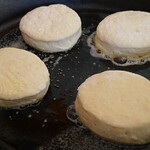
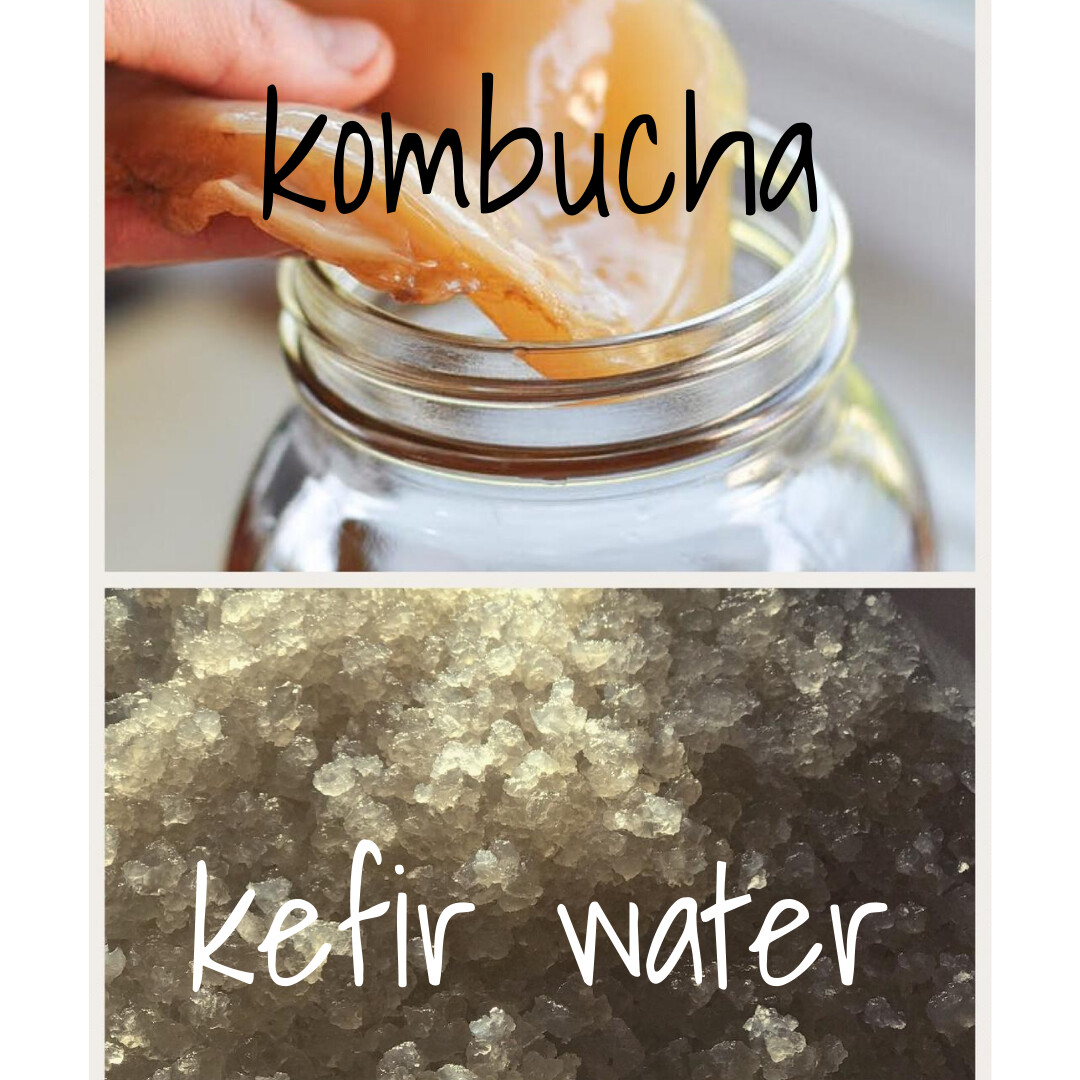
Kefir water vs. Kombucha
Kefir water and Kombucha- what are they and what is the difference between them. Some of you may have heard of Kombucha and maybe you have even tried it but do you know why it is good for you and how easy it is to make? Kefir water is a little less know but similar.
What are they?
Kombucha and Kefir water are both fermented beverages.
Kombucha is made with a SCOBY (symbiotic culture of bacteria and yeast), held together by polysaccharides. It looks like a mushroom but is not a fungus. Kombucha is known to contain a variety of yeast and bacteria.
Kefir water is made of “grains” which are a colony of bacteria and yeast. They look like small translucent grains. The term “grains” is only used to describe their appearance. Kefir grains contain no actual grains such as wheat, rye. Etc. They also contain a variety of bacteria and yeast.
Preparation and time frame:
Kombucha is prepared by adding starter tea and a kombucha culture (your SCOBY) to sweet tea (black, green, oolong, etc). This Is then fermented for 5 to 30 days depending on the flavor you desire.
Water kefir is prepared by adding water kefir grains to sugar water (we add a little molasses and baking soda for added minerals). This is then fermented for 24-48 hours.
Do you flavor them?
Kombucha is tangy, kind of sweet and effervescent. The flavor varies greatly depending on how long you allow it to ferment and the tea that you use. The fermenting or culture time really determines whether the kombucha tea has a very mild taste or a strong vinegar-like taste. Kombucha can be flavored or you can drink it plain as well.
Water kefir can be sweet and the longer we let it ferment or culture the less sugary it is. It is recommended that you flavor water kefir because the taste of plain water kefir isn’t as pleasing.
Which is better?
Kombucha can aid in our digestion It also adds to our beneficial bacteria in our gut and it contains some acids and enzymes to aid in breaking down food.
Water kefir is more so a probiotic drink. It contains acids and enzymes to aid in digestion though not quite as strong as those in kombucha. Water kefir does, however, have a greater number of bacteria strains than kombucha.
Both drinks are very beneficial in aiding our natural body systems and both are great for hydration. Depending on what flavor you like and the health benefits you are looking for, consuming one or both is a matter of individual preference.
Kombucha | Water kefir | |
Brew time | 5-30 days | 24-48 hours |
Brews in | Sweetened tea (black, green oolong) | Sugar water(juice or coconut water can be used) |
Batch size | Quantity not limited by the size of scoby | Limited to size depending on the amount of grains(usually about a gallon) |
Flavor | Tart, slightly vinegary. Gets stronger as it brews | Sweet. Should be flavored with fruit juice or extracts |
Carbonation | Effervescent | Slightly bubbly(very bubbly after 2nd fermentation) |
Drink it plain? | Yes, but flavor is good too! | Not recommended |
Contains | Probiotic & yeast | Probiotic & yeast |
Culture growth | The mother SCOBY always produces a baby which can be given away. | Grains will multiply- sometimes slower and other times very quickly. |
Health Benefits | Detoxifier & digestive support. | General health & probiotic supplement. |
Instructions for making Kefir Water
- Pour 1/4 cup sugar into the jar.
- Add 1/2 cup hot water.
- Swirl to dissolve the sugar.
- Add 3 cups room temperature or cool water.
- Check the temperature of the liquid to make sure it’s room temperature ( 68°-85°F.)
- Add the water kefir grains
- Cover the jar and place in a warm spot, 68°-85°F, to culture for 24-48 hours.
- After culturing is complete, prepare a new batch of sugar water, (steps 1-4 above).
- Separate kefir grains from the finished water kefir.
- Place kefir grains in the new batch of sugar water.
- The finished water kefir is now ready to consume, or flavor.
Making Larger Batches
To make larger batches, use up to 2 cups grains and use 1 cup cane sugar per gallon of water.
The best method for removing water kefir grains from finished water kefir is to use a plastic mesh strainer. Simply set the strainer on top of a clean jar and pour the entire batch of finished water kefir through the strainer into the jar, catching the grains. Transfer the grains immediately to the new batch of sugar water.
Kombucha Ingredients & Ratios:
One-Quart Batch:
- 1½ teaspoon loose tea OR 2 tea bags
- ¼ cup sugar
- 2-3 cups water
- ½ cup starter tea or vinegar
Half-Gallon Batch:
- 1 tablespoon loose tea OR 4 tea bags
- ½ cup of sugar
- 6-7 cups water
- 1 cup starter tea or vinegar
Gallon Batch:
- 2 tablespoons loose tea OR8 tea bags
- 1 cup of sugar
- 13-14 cups water
- 2 cups starter tea or vinegar
Instructions for Making Kombucha Tea
- Combine hot water and sugar in a glass jar. Stir until the sugar dissolves. The water should be hot enough to steep the tea but does not have to be boiling.
- Place the tea or tea bags in the sugar water to steep.
- Cool the mixture to 68-85ºF. The tea may be left in the liquid as it cools or removed after the first 10-15 minutes. The longer the tea is left in the liquid, the stronger the tea will be.
- Remove the tea bags or completely strain the loose tea leaves from the liquid.
- Add starter tea from a previous batch to the liquid. If you do not have starter tea, distilled white vinegar may be substituted.
- Add an active kombucha SCOBY.
- Cover the jar with a tight-weave towel or coffee filter and secure with a rubber band.
- Allow the mixture to sit undisturbed at 68-85°F, out of direct sunlight, for 7-30 days, or to taste. The longer the kombucha ferments, the less sweet and more vinegary it will taste.
- Pour kombucha off the top of the jar for consuming. Retain the SCOBY and enough liquid from the bottom of the jar to use as starter tea for the next batch.
- The finished kombucha can be flavored and bottled if desired or enjoyed plain.
Have you tried either? Which drink are you ready to try?
What is your favorite flavor?
God Bless!
Amanda
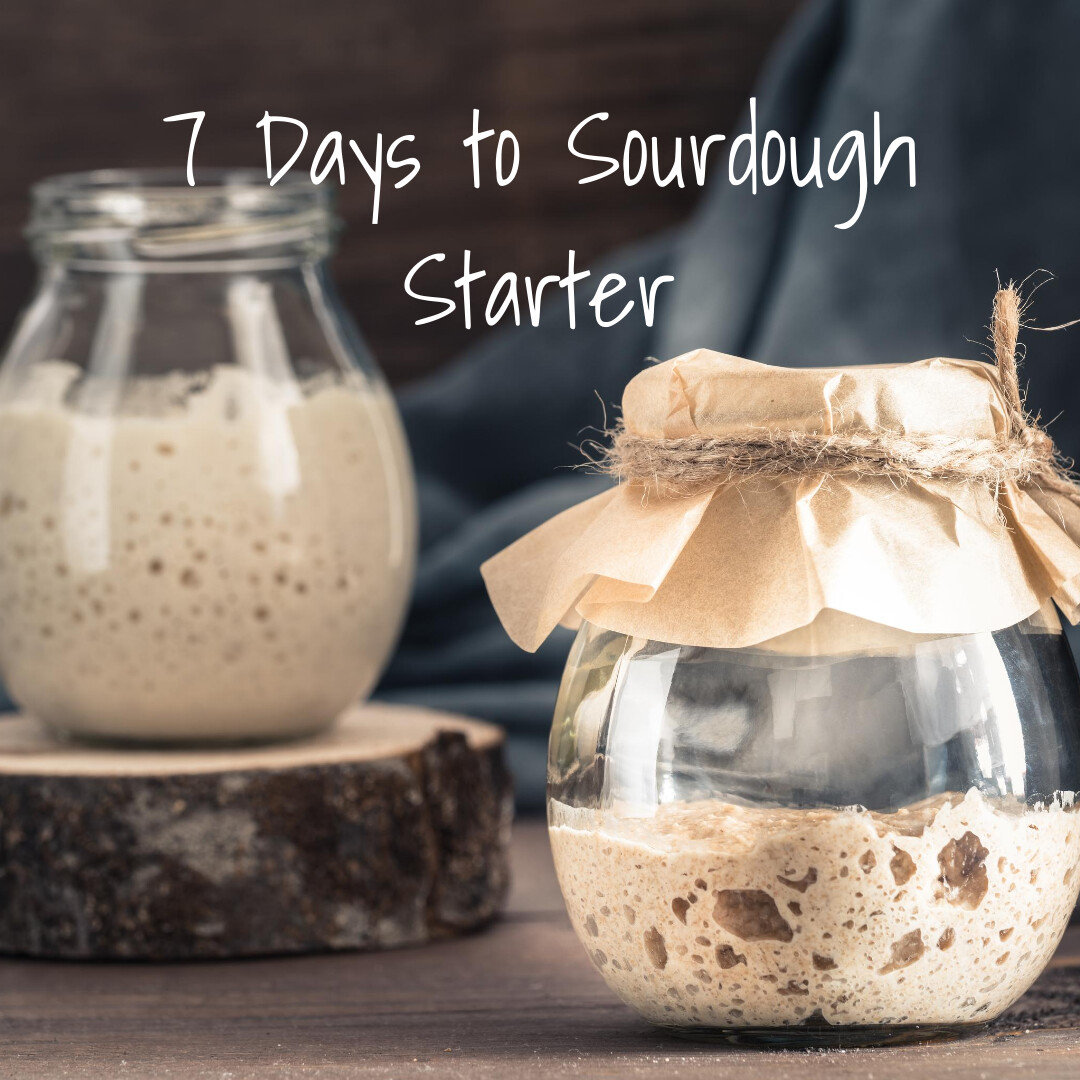
7 Days to a Sourdough Starter
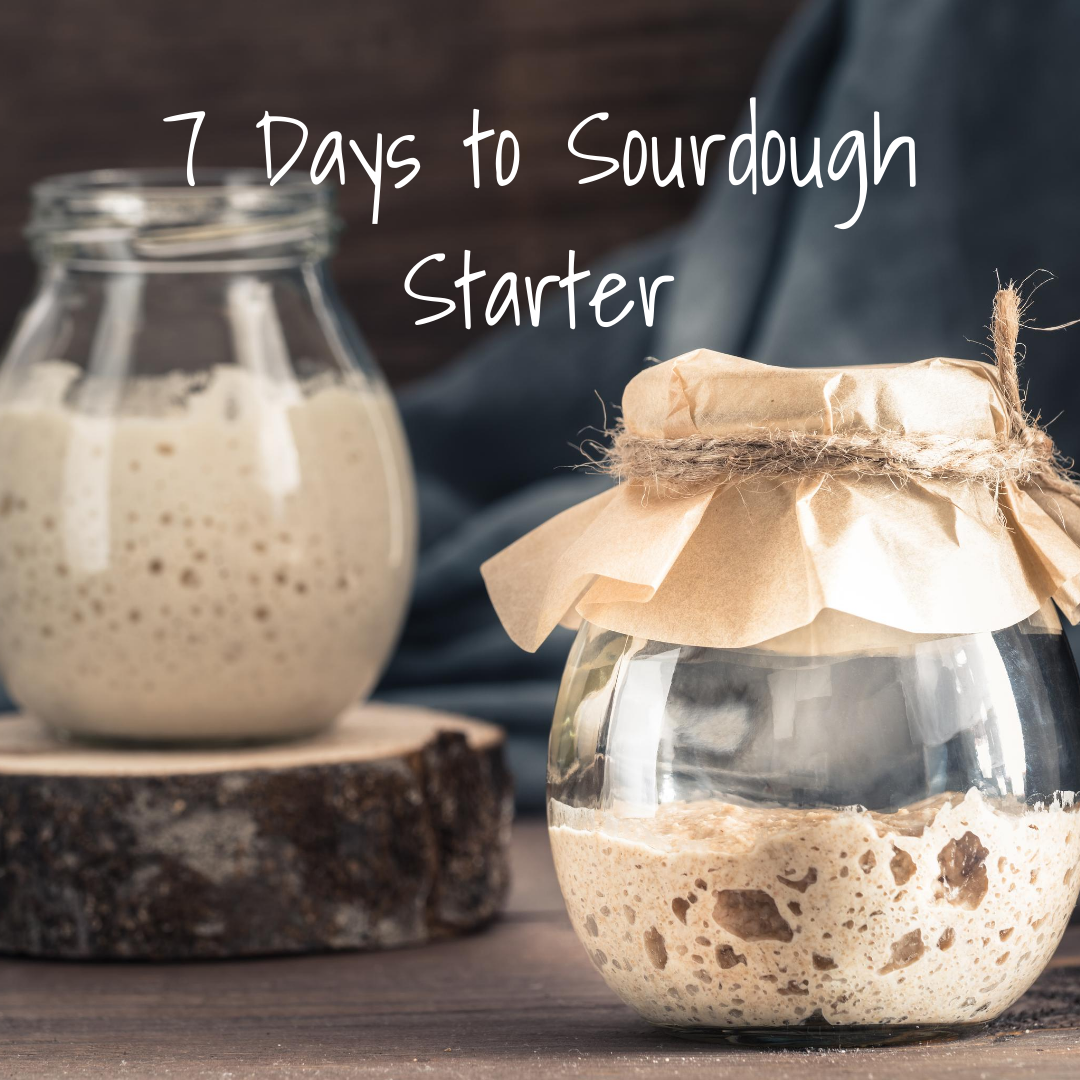
Sourdough is a healthier option for all my bread loving friends. It is oddly satisfying to make it completely from scratch as well. Bonus it’s really not hard- lol!
Contrary to popular belief, starting your own sourdough is relatively easy.
First select a high protein flour, around 12 grams of protein is a good number. I personally use King Arthur unbleached, unbrominated, non-GMO flour. It has 11 grams of protein and none of the yuck!
You will also want good water. I use reverse osmosis water but you could use distilled or Berkey water too.
Then grab a kitchen scale. Weighing out your ingredients is the best way to have the perfect amount of everything you need and get the best sourdough starter started.
Day 1 is simple
Measure out 4 oz of water and 4 oz of flour.
Mix them together in a 1/2 gallon mason jar covered.
Store above the refrigerator.
Allow to sit undisturbed until day 2
Day 2
Grab your mason jar!
Is yours starting to bubble?
You might not notice too much yet but you will!
Today you will be adding:
4 oz water & 4 oz flour
Mix it well.
Cover and store above the refrigerator.
Day 3
Here we go again!
Add:
4 oz of water & 4 oz of flour
Mix together, cover and store above the fridge
Day 4
Add:
4 oz water
4 oz flour
Mix well, cover, and store above the fridge.
How is your starter looking? Do you see some growth?
Day 5
Grab your scale!
Add:
4 oz water
4 oz flour
Mix it up, cover it, and place it above the fridge or warm area fermentation.
Day 6
Add:
4 oz water
4 oz flour
Mix it up, cover it and store it in a warm area (above the fridge works well)
You should be noticing some growth and lots of bubbles!!
Day 7
Add:
4 oz water
4 oz flour
Mix it up, cover it and store it in a warm area for another 6-12 hours.
It is now ready to use!! You can take some out for your first batch of goodies or put in the fridge to store until you are ready to use it.
When you are ready to make something, remove from the refrigerator, allow to sit at room temperature for a minimum of 4-6 hours(sometimes longer depending on the recipe)
Every week you will take your sourdough starter out and feed it. This is a super simple- add 4 oz of water and 4 oz of flour. I like to take mine out for a few hours before and after feeding it to allow it to ferment a bit as well.
What are you going to make first?
Do you want, in my honest opinion, the best Sourdough Bread recipe ever? Click here and check it out!
God Bless!
Amanda
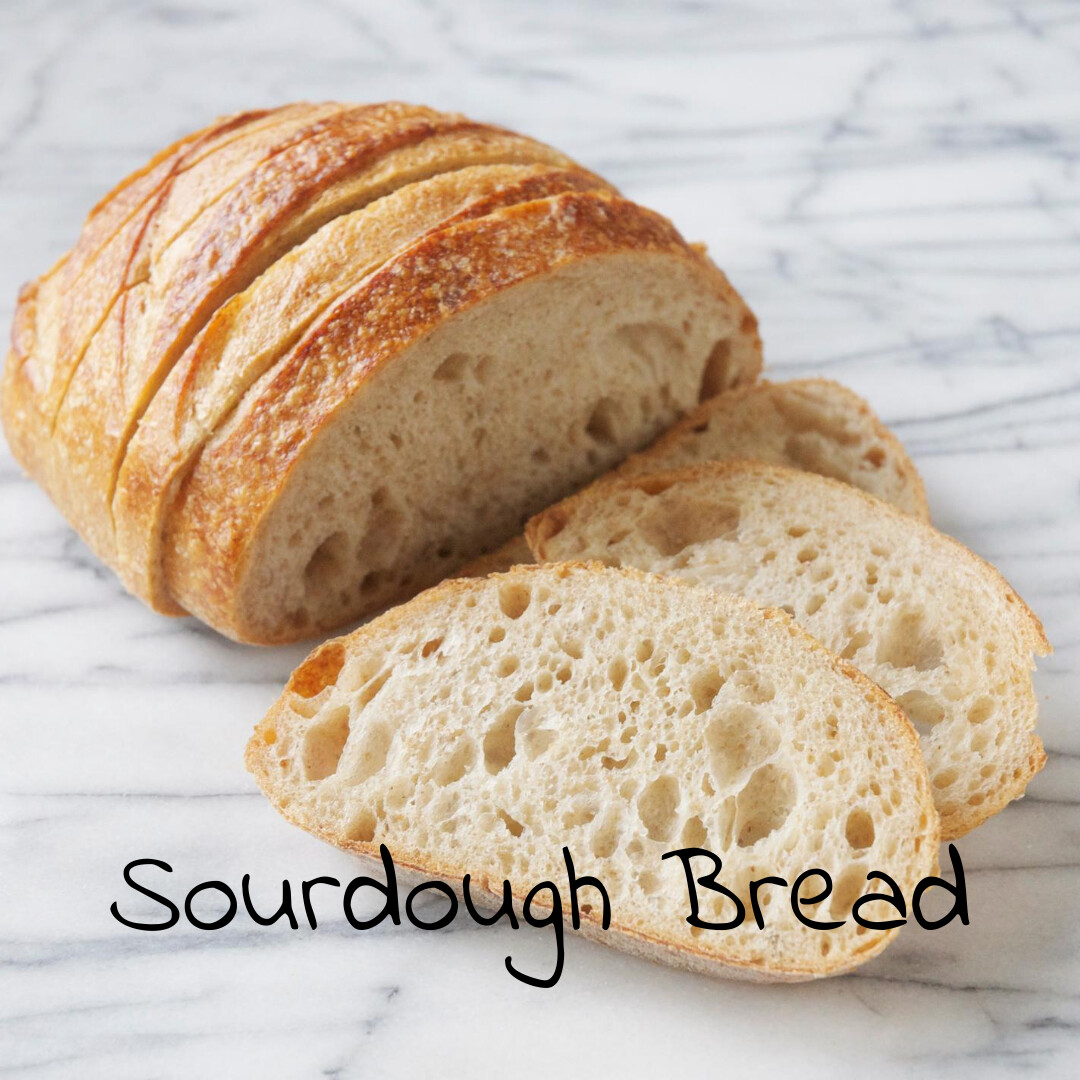
Sourdough Bread
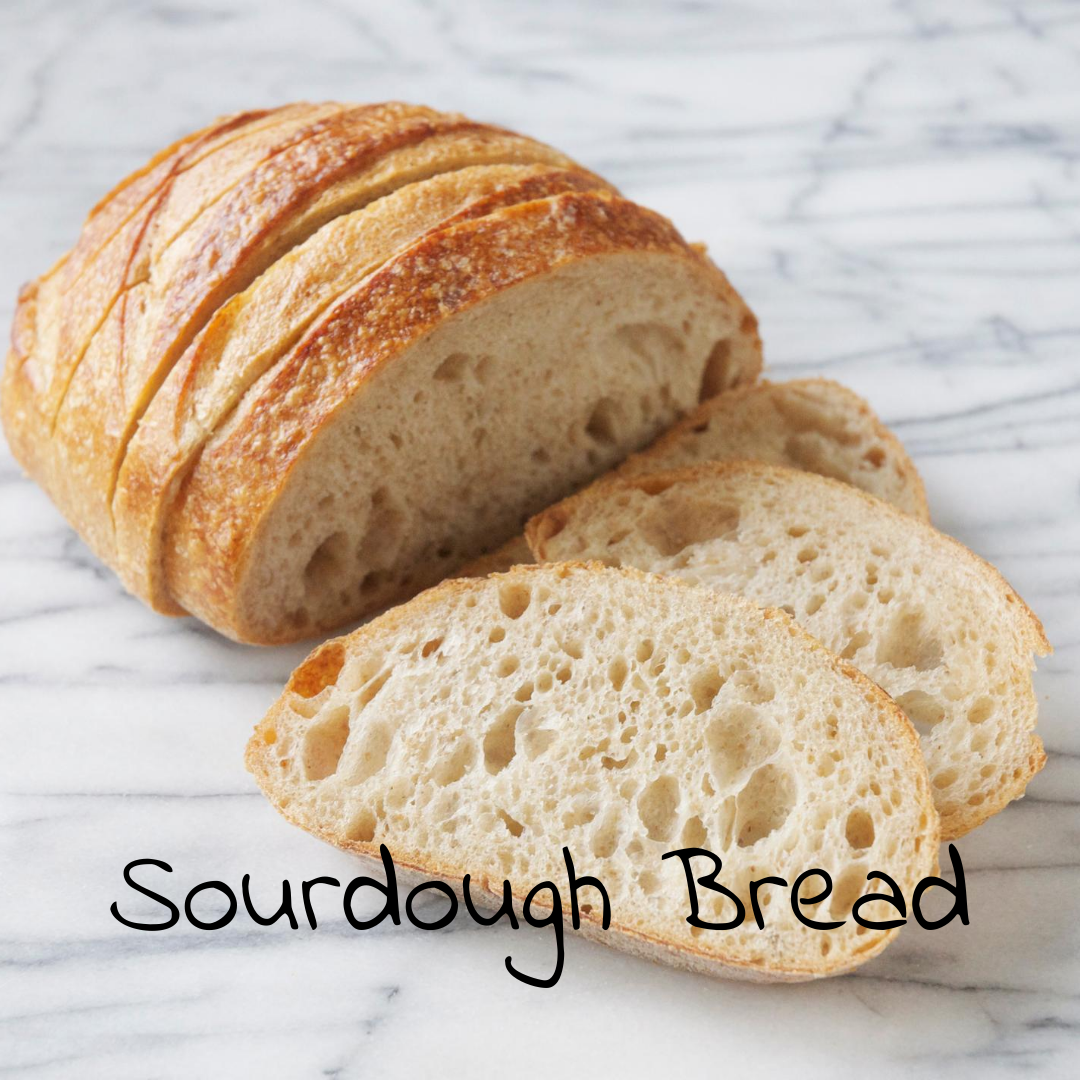
You have made your starter and are ready to make your bread! Are you excited? I’m excited!!
So here we go…
What do you need:
Sourdough Starter
Purified water
Flour
Oil(I prefer olive but you could use coconut or vegetable oil)
Kosher or Himalayan salt
Vessel (banneton/wok/glass bowl) to use for the final rise
Dutch oven or ceramic casserole dish
Step One:
Making your sponge(new word for all the sourdough newbies!!) which is a preferment for your bread. You want to have it sit for at least a couple of hours or overnight.
Pour 3.5 oz of starter into a bowl. Add in 3.5 oz of purified water and mix well. Then fold in 3.5 oz flour. Cover and allow to sit for a few hours or overnight. This creates your sponge.
Step Two:
Add 8 oz of water and 1 Tbsp of olive oil to your sponge and whisk. Put the whisk away after this so you are not tempted to whisk in the following ingredients.
Add in 16 oz of flour and 1 ½ tsp of kosher salt. Use a wooden spoon handle to incorporate completely. Don’t forget to scrape the sides of the bowl down as you mix it.
At first, it seems too wet and then to dry but do not add any additional flour or water because these measurements are exact. Once it is mixed, cover the bowl and allow it to rise for 45 minutes.
Step Three:
Uncover your dough and give it a quick fold. You will want to make sure your fingers are wet so that it doesn’t stick to them. Folding the dough in quickly and in the same direction works the best so that it doesn’t stick to your fingers. If it does start to stick you can just wet your fingers again. Put it back in the bowl, cover and allow to rise for another 45 minutes.
Step Four:
Butter the vessel that you will use for the final rise. Once your timer goes off, you will take out from the bowl and do the final fold. Remember to add water to your fingers and fold the dough quickly. Once you are done, you will gently flip the dough into the vessel for the final 60-minute rise. Before you cover the dough, sprinkle it with flour so that it doesn’t stick to the towel. Preheat your oven to 430* F.
Step Five:
30 minutes into your dough rising, preheat your vessel. If you are using a dutch oven, you will need about 30 minutes to heat it. If you are using a casserole dish, it takes about 15 minutes. Put your baking dish into the oven for the allotted time before your 60-minute rise is finished. Once the dutch oven is preheated, remove it from the oven and gently flip your dough into the cast iron pot. Put the lid on the top and return it to the oven to bake for 30 minutes. Remove the lid and allow to bake uncovered for an additional 3-5 minutes.
Step Six:
Take the bread out of the oven and remove it from the dutch oven. Allow to cool and enjoy.
It is the best fresh out of the oven with a slab of butter...yum!!
Amanda


